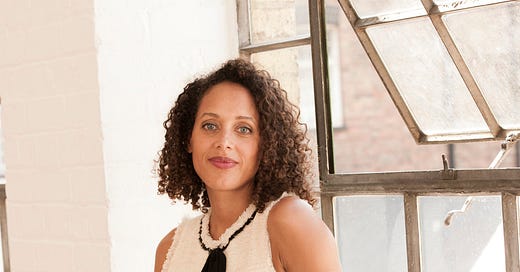Andrea Thompson: “I don’t need to choose one heritage over the other”
The Marie Claire Editor-in-Chief on why she loves being mixed-race and having two places to call home
Hi, welcome back to Mixed Messages! This week I’m speaking to Andrea Thompson, who is of Barbadian and white British heritage. Andrea is the Editor-in-Chief of Marie Claire, and spoke to me about her experiences as a mixed-Black woman – both the good and the not so great. But overwhelmingly, Andrea owns her mixed heritage as a hugely positive experience…




